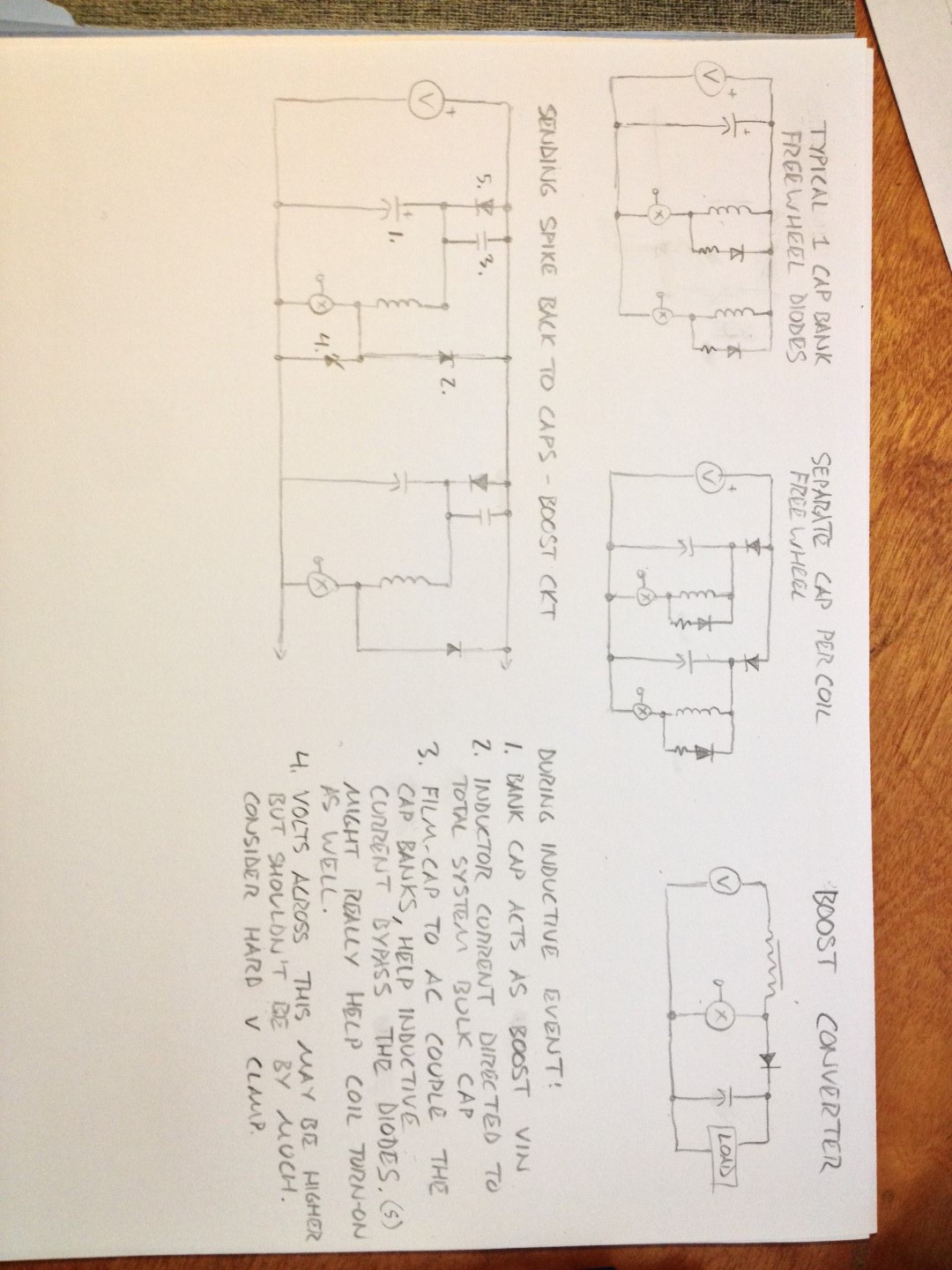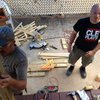There are a few distinct phases that this project will follow:
First, the power system. This will consist of boost converter driving purely capacitive load, so current limit has to be downslope smooth as butter down to short circuit. Behind that a dynamic power bus fed by both an onboard battery and an AC rectifier, both of which are also current and power limited. And the AC will charge the battery.. So there is quite a bit going on here. Luckily high power is my jam, so I think this will be fun. Tentatively the output charge V will be adjustable up to 900V.
Second, some coil testing and assembly. Despite endless calculations, I've worked with magnetics enough to know that some trial and error is unavoidable. I will likely be testing with a single coil for some time and fine tune it before doing all of the stages. Some things I'm concerned with are saturating the ammo, energy transfer efficiency, inductive spike magnitude, energy recovery schemes, etc. It's going to get real.
Third, physically putting the thing together. Dealing with ammo loading, heat management, rigidity, accuracy, all that. I expect this to be a few years away.
 dave.m.mcdonough
dave.m.mcdonough


As evidenced from the complete lack of updates, I've moved on. I have no need for this, and it wasn't long before I had realized that ball bearings for ammo is _extremely unsafe_ because of how well they bounce. Same with most available ferrous metal shapes, they are too hard to wad up into the target and instead can bounce. I do still plan on dynamic power supply for other things.